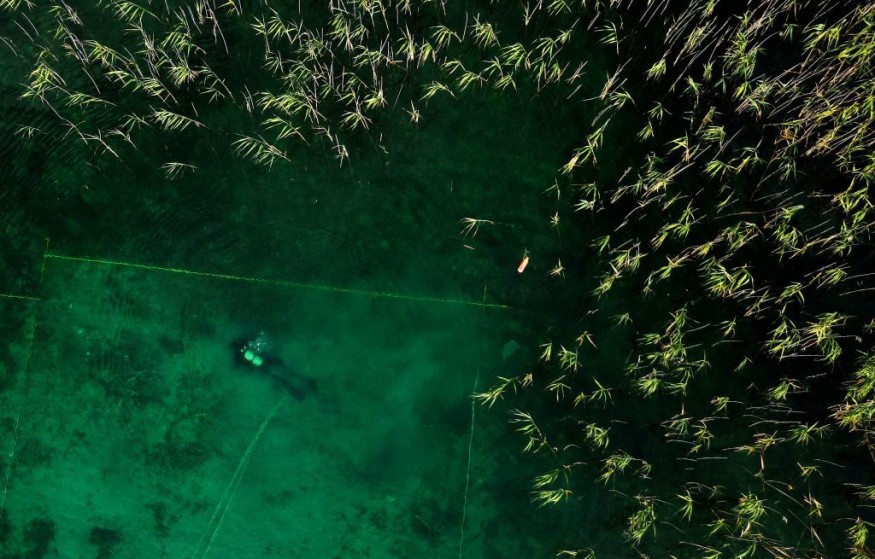
Under Albania's oldest lake, archaeologists discovered an ancient village on stilts that was fortified with 100,000 wood spikes for defense.
Ancient Village under Oldest Lake in Albania
Potentially, one of Europe's earliest settled communities has been discovered with a wall of defensive spikes, beneath the waters of one of the world's oldest lakes. The revelation beneath Lake Ohrid in Albania's Lin village affirms that lakeside settlements in the surrounding area, spanning North Macedonia's mountainous border, exceed archaeologists' initial estimations in terms of age.
Professor Albert Hafner from Switzerland's University of Bern expounds on this discovery. Collaborative efforts between Swiss and Albanian archaeologists, facilitated by skilled divers, unveil Lin's role as a nucleus for the evolution of agriculture, craftsmanship, and fishing approximately 8,500 years ago.
This positions Lin as the most ancient lakeside village known, surpassing counterparts throughout Europe, including southern Italy. Before the EXPLO project's revelation, settlements in the Mediterranean and Alpine regions were several centuries younger.
A fresh radiocarbon assessment designates the period between 6000 and 5800 BC as a pivotal time frame for one of Europe's earliest stilt house settlements.
The EXPLO project's official site underscores the significance of archaeological sites within the southern Balkan lakes-encompassing Greece, Albania, and North Macedonia-as invaluable resources for probing the intricate archives of societal and environmental shifts in the heartland of European agriculture.
The encapsulated records within natural lake sediments and submerged prehistoric settlements provide unparalleled conditions for preservation and offer comprehensive insights into the dynamics of human activity, the biosphere, and the geosphere across time.
Albanian archaeologist Adrian Anastasi emphasizes the intricate nature of constructing a village on stilts, stressing the necessity of understanding the motivations underlying this intricate decision.
100,000 Defensive Spiked Wall
While excavating numerous seeds, plants, and the bones of domesticated and wild animals at the site for the past four years, archaeologists suddenly found a fresh puzzle to attempt and solve. Archaeologists are unaware of why the inhabitants needed defensive barricades, despite the fact that the presence of palisades, or spiked walls, suggests the settlement was fortified.
According to researchers, some 100,000 spikes were likely driven into the lake bed off Lin. Hafner called the discovery a genuine study gold mine.
It will take another 20 years for archaeologists to completely investigate and study the village and come to a final judgment.
The crew will proceed with extreme caution to separate the distinct layers in both the land and underwater excavations, as has long been standard procedure in archaeological study.
The crew will be employing high-precision satellite GPS and, most importantly, drones to map the area digitally.
The Lin site is currently situated under farmland, 3 meters below the surface of the ground, and in 3 meters of water. Consequently, it cannot be seen immediately, unlike ancient ruins. However, studying underwater communities can reveal a wealth of knowledge about modern living that can't be found in ancient ruins.
Related Article : Ancient Citadel Acropolis Cuts Down Tourism to 20,000 Daily Visitors in Bid to Preserve UNESCO World Heritage Site
© 2025 NatureWorldNews.com All rights reserved. Do not reproduce without permission.





